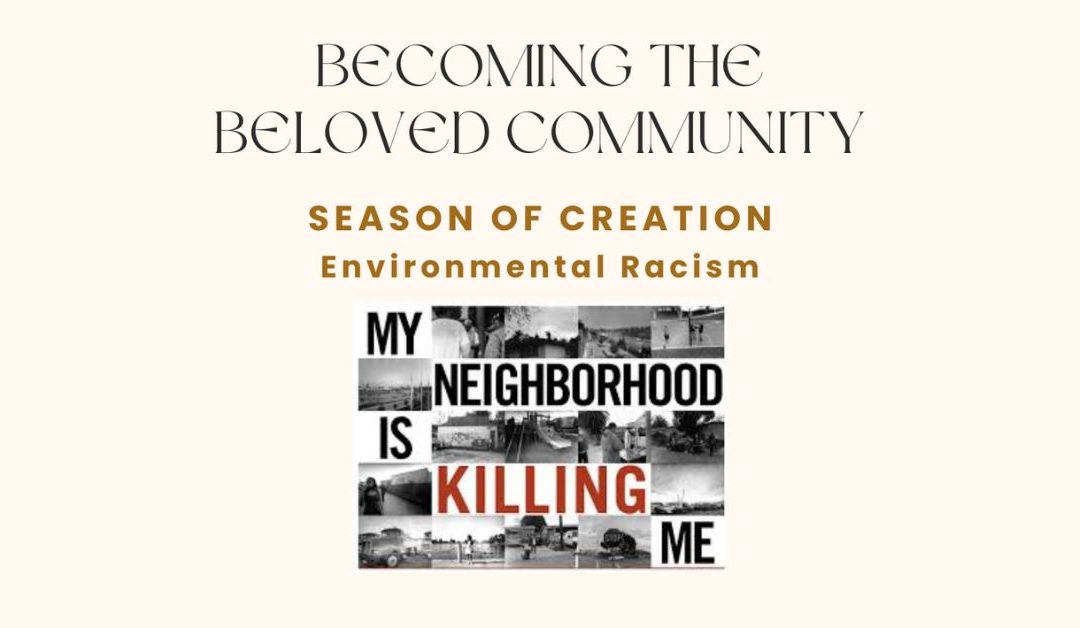What it is: a form of systemic racism whereby communities of color are disproportionately burdened with health hazards through policies and practices that force them to live in proximity to sources of toxic waste such as sewage works, mines, landfills, power stations, major roads and emitters of airborne particulate matter.
Here in Tucson, environmental racism has directly affected Latino and indigenous communities. Again and again, industrial progress paves the road over the voices of people of color and low income, while the upper and predominantly white class cry out NIMBY (not in my backyard) and are heard.
This becomes a faith issue when we recognize that we are called to unite our voices in solidarity with those whose voices don’t seem to get heard. Native Americans are unquestionably victims of environmental racism. The Commission for Racial Justice found that about 50 percent of all American Indians live in communities with uncontrolled hazardous waste sites (Asian Pacific Environmental Network 2002). And there’s no question that, worldwide, indigenous populations are suffering from similar fates. Even now, we can join our voices with Apache Stronghold, and demand that a foreign mine does not destroy the sacred lands and waters of the Apache people.
Watch: Environmental Racism (a 4 min. video)
Examples here in Arizona:
- Environmental Racism on Tucson’s South Side (excerpt from article)
- Uranium Contamination on Navajo Nation (news article)
- Environmental Racism and the Making of South Phoenix (scholarly article)

